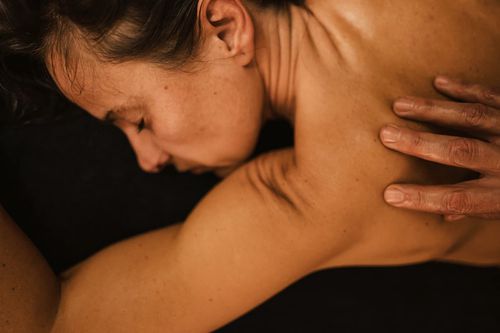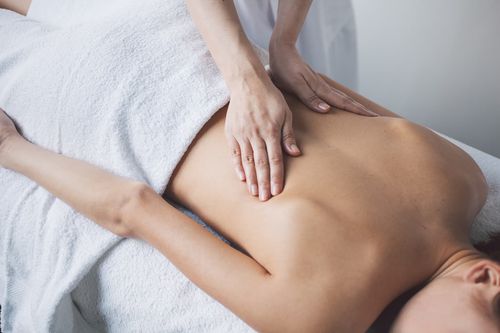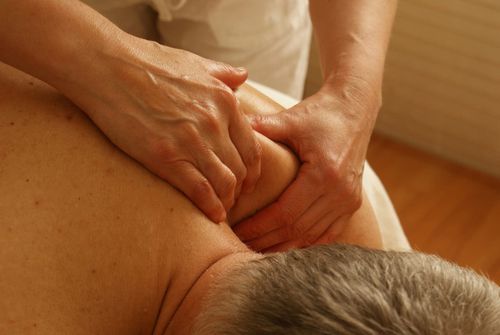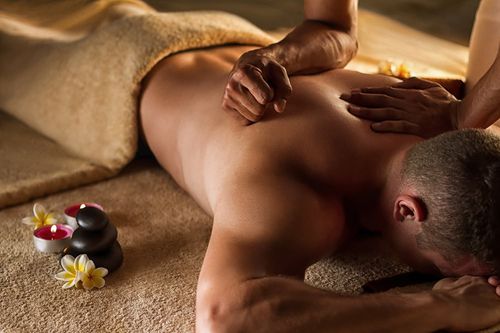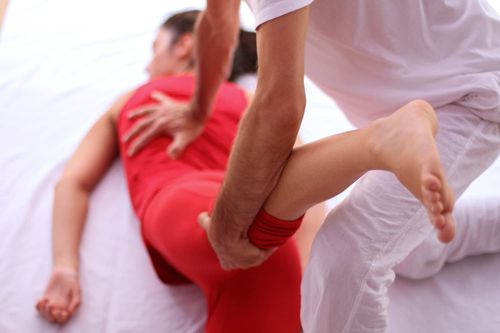What Is Connective Tissue Massage?
Connective Tissue Massage (CTM) is an intense but noninvasive form of massage which aims to release myofascial (connective tissue) restrictions in the body. This massage, which may not use oil or lotion, is known to provide relief for chronic tension, improve body posture, increase the range of motion of the body, and improve the overall well being of a person's body and mind.
CTM was developed by physical therapist Elizabeth Dicke in Germany in 1929. She had a medical condition where she suffered from lumbosacral pain, her legs prone to the cold, and developed gangrene. Dicke noticed that when she stretched her lower back, a tingling sensation and feeling of warmth was spread down her legs. The condition of her legs significantly improved following the progressive use of these stretches. The progress of gangrene was also prevented following regular therapy that also improved her blood flow.
Physician and medical researcher Janet G. Travell investigated and expounded the phenomenon of myofascial pain syndrome and trigger points in the 1940s. Similarly, biochemist Ida Rolf introduced a popular technique called Rolfing which makes use of the myofascial system to modify and improve the person's body posture.
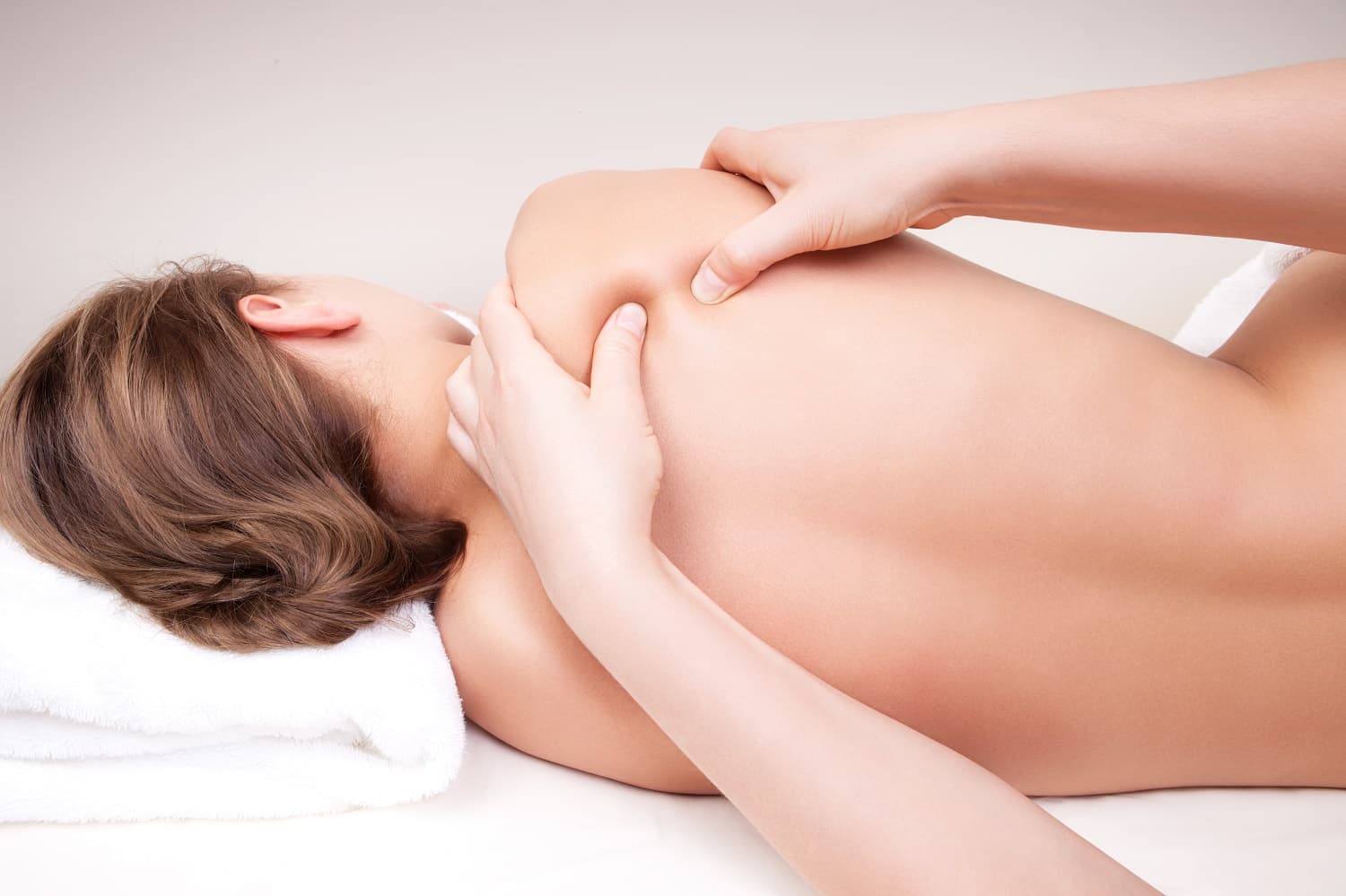
How Does Connective Tissue Massage Work?
The fascia is a series of connective tissue that provides structural support for the skeletal system and soft tissues. When the fascia of one part of the body is in tension, it spreads to other parts of the body. Due to this, the fascia may be the root of several health problems. CTM aims to release this tension and therefore generates significant improvements to the person's whole body.
An accurate and precise assessment of the body ensures a successful massage therapy. The practitioner performs preliminary techniques in preparation for CTM and tests the body for reaction to various postures to determine where the treatment is most needed. The strokes in CTM are different from those used in ordinary massage.
Relying on deep and intense strokes, the therapist focuses on releasing tension stored in the deep tissue structures of the muscle and fascia. Sometimes, the therapist may discover an adhesion or a chronic knot. The knot indicates that the patient should make lifestyle changes to get rid of it permanently. Although massage therapy can lessen the tension stored in the muscle knot, the patient should make significant lifestyle changes to reduce, if not eliminate, it.
What Are the Benefits of Connective Tissue Massage?
CTM manipulates the fascia, which promotes relaxation, vitality and increases self-awareness. It benefits almost everyone but is popular amongst dancers and athletes as a natural means to enhance performance. It may also aid in preventing and rehabilitating several types of injuries.
CTM can be adjusted to the needs and comfort of the patient, as well as expediting their recovery and minimising their susceptibility to future injuries. This form of manual therapy improves circulation and treats different conditions affecting the nerves and musculoskeletal system, including:
- Tendonitis
- Scoliosis
- Sciatica
- Temporomandibular joint and muscle disorder (TMJ)
- Carpal tunnel syndrome
- Arthritis
- Fibromyalgia
- Chronic fatigue syndrome
- Osteoarthritis
- Respiratory diseases
- Digestive problems
- Neuralgia
What Can You Expect From Connective Tissue Massage?
A massage therapist specialising in connective tissue massage puts a lot of thought into the relationship between the connective tissues in the body and the person's overall health. Before getting down to the treatment proper, they will perform a thorough assessment of the client's posture and check how their muscles are responding.
From working on the deep layers of the skin, the therapist will gradually work deeper into the connective tissue that keeps the organs, muscles and bones in place. This type of massage induces relaxation and can last for 60 minutes to an hour and a half. The client is advised to wear something lightweight so that the therapist can easily work with the connective tissues surrounding the muscles and joints.
